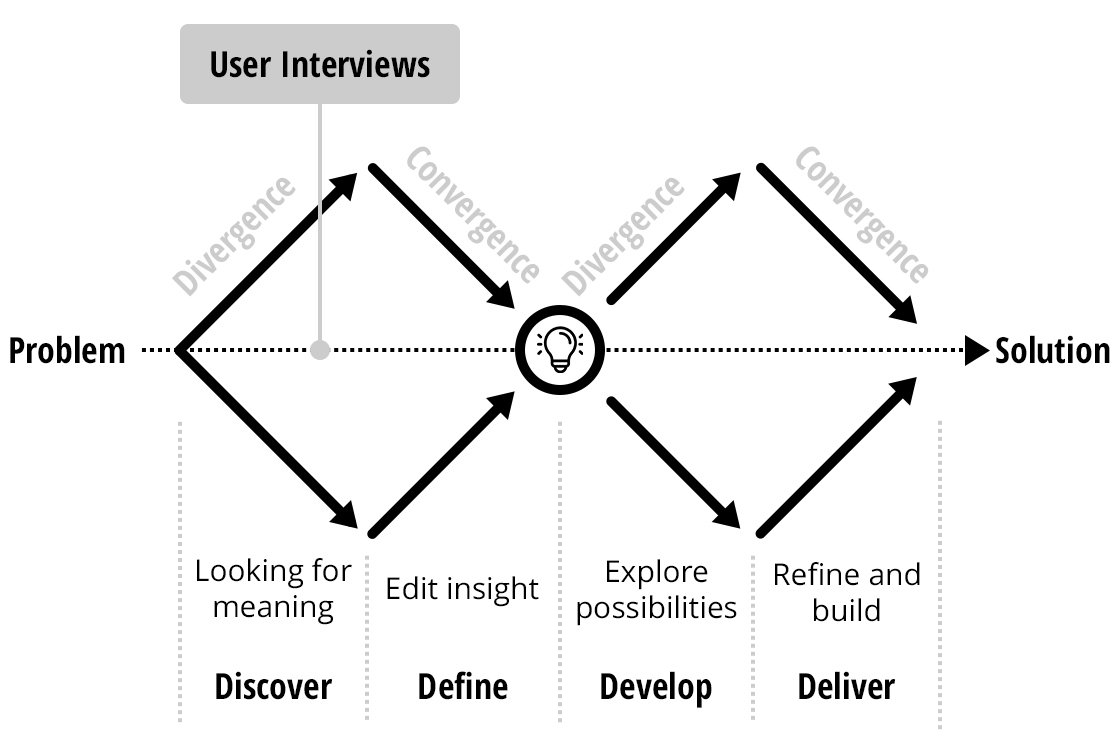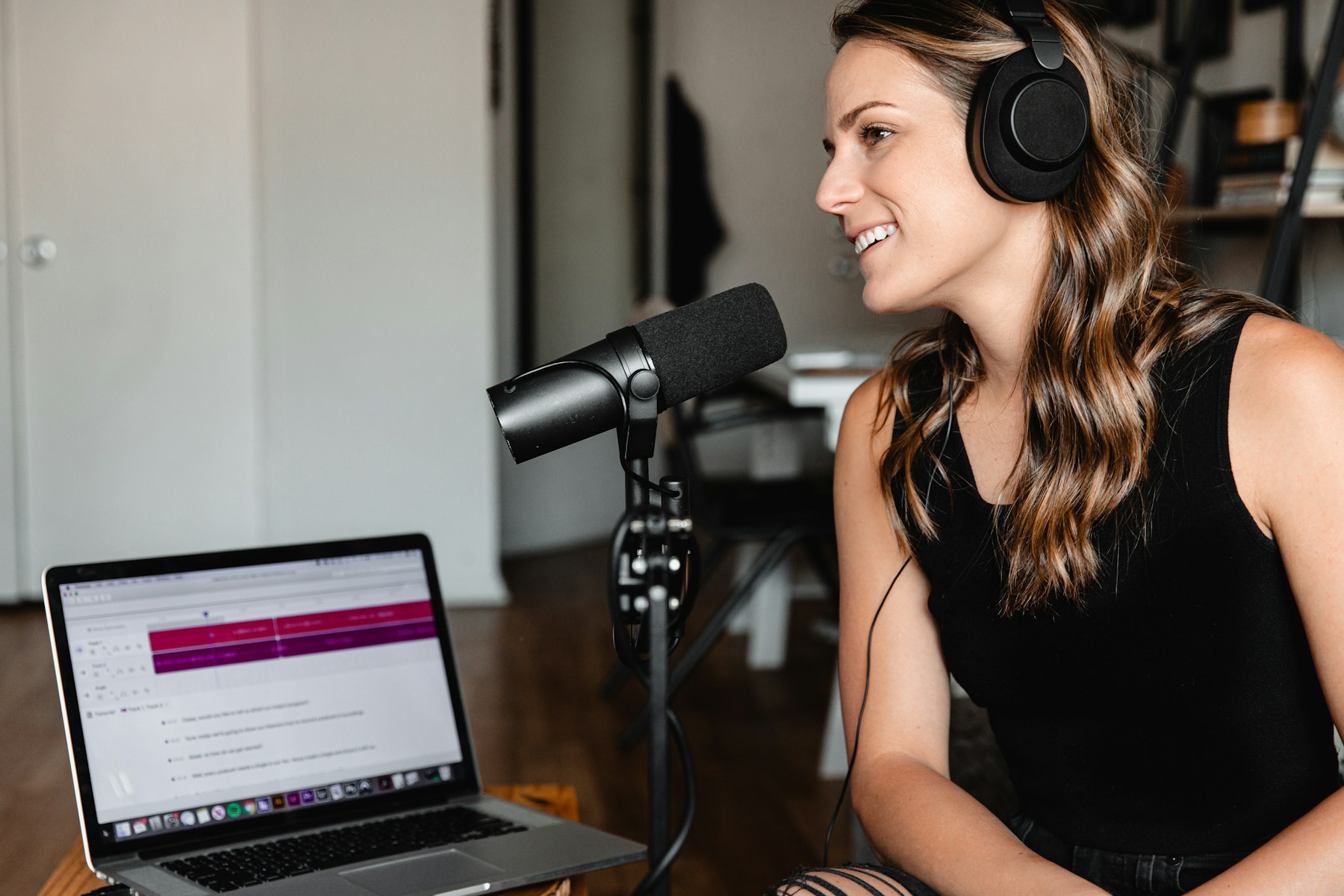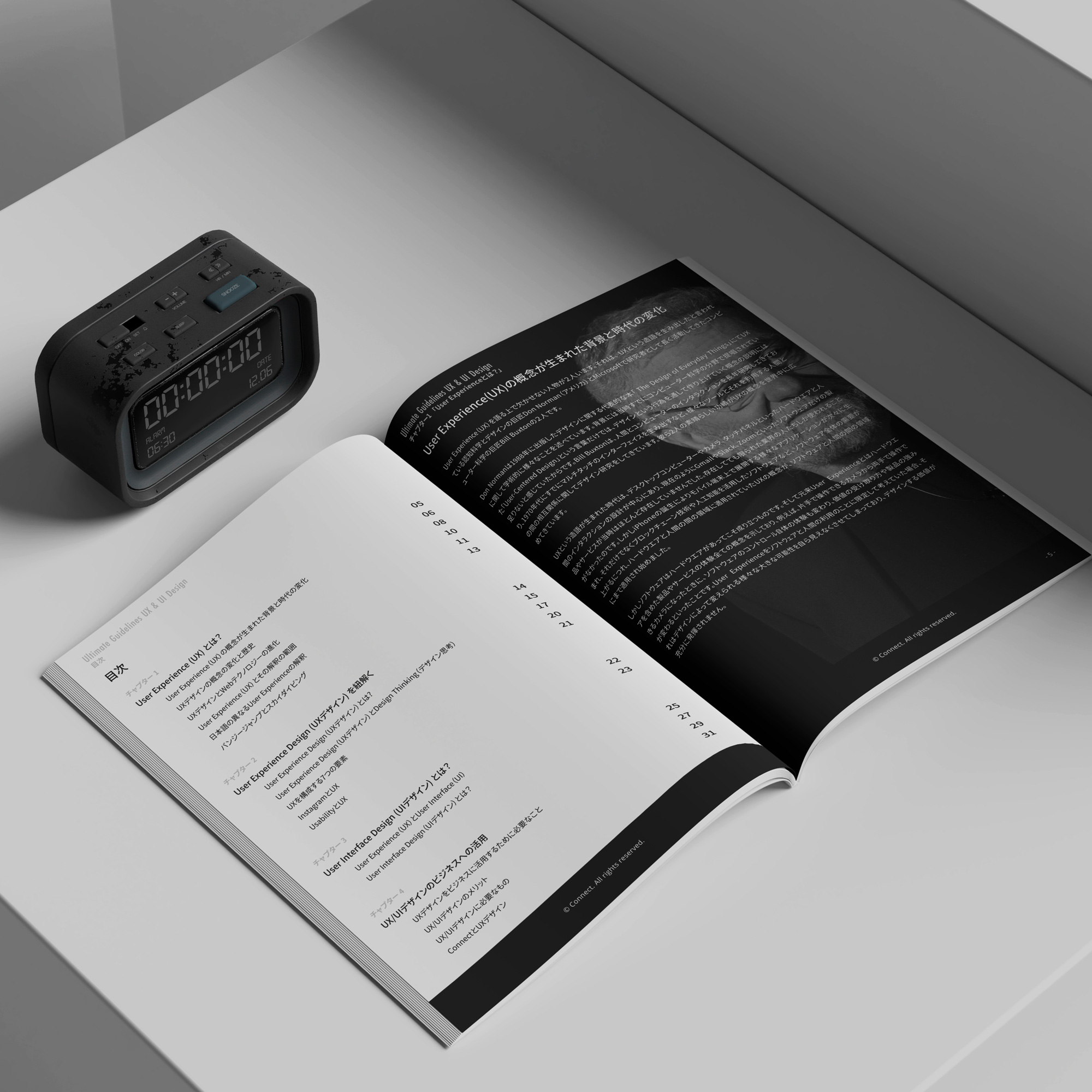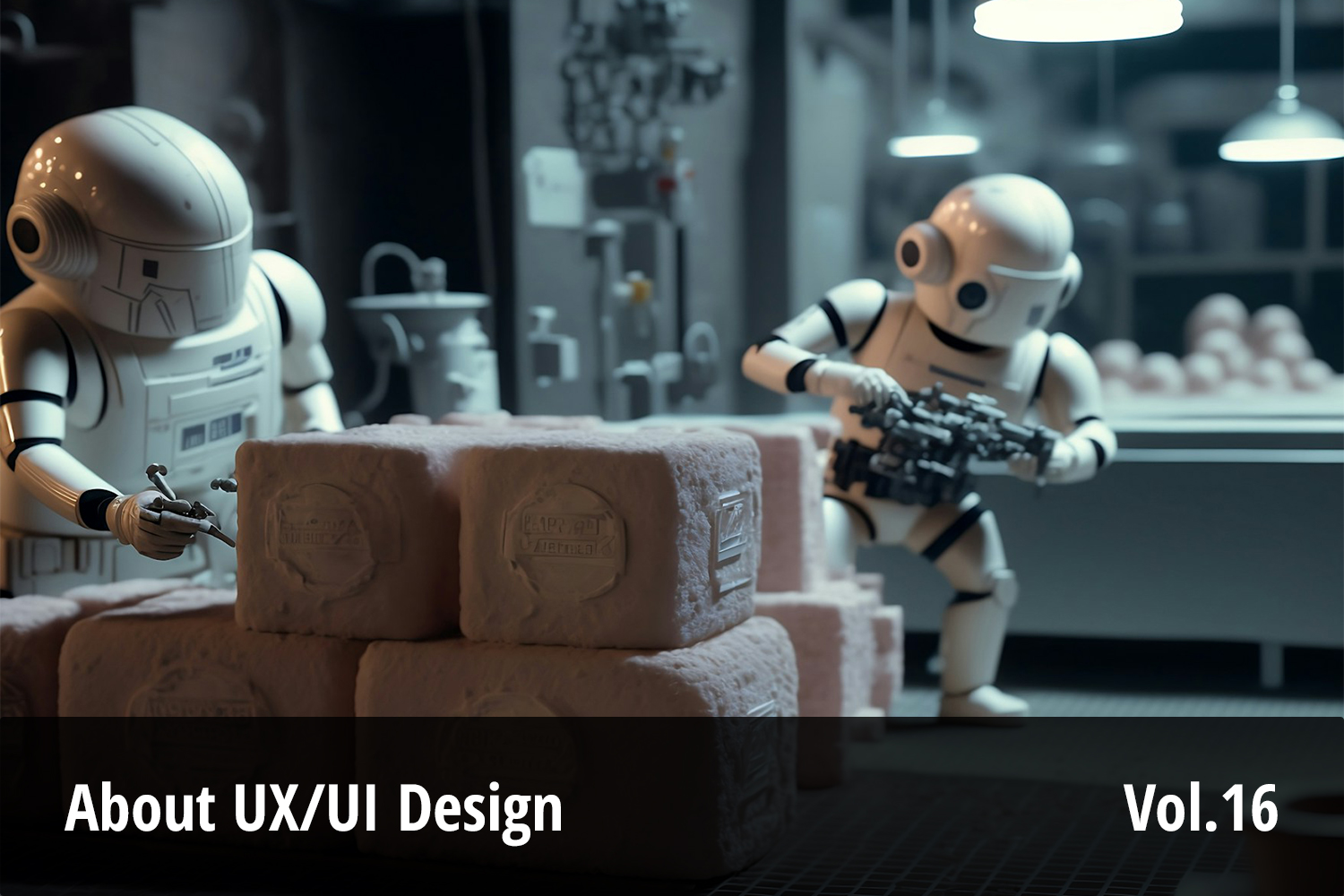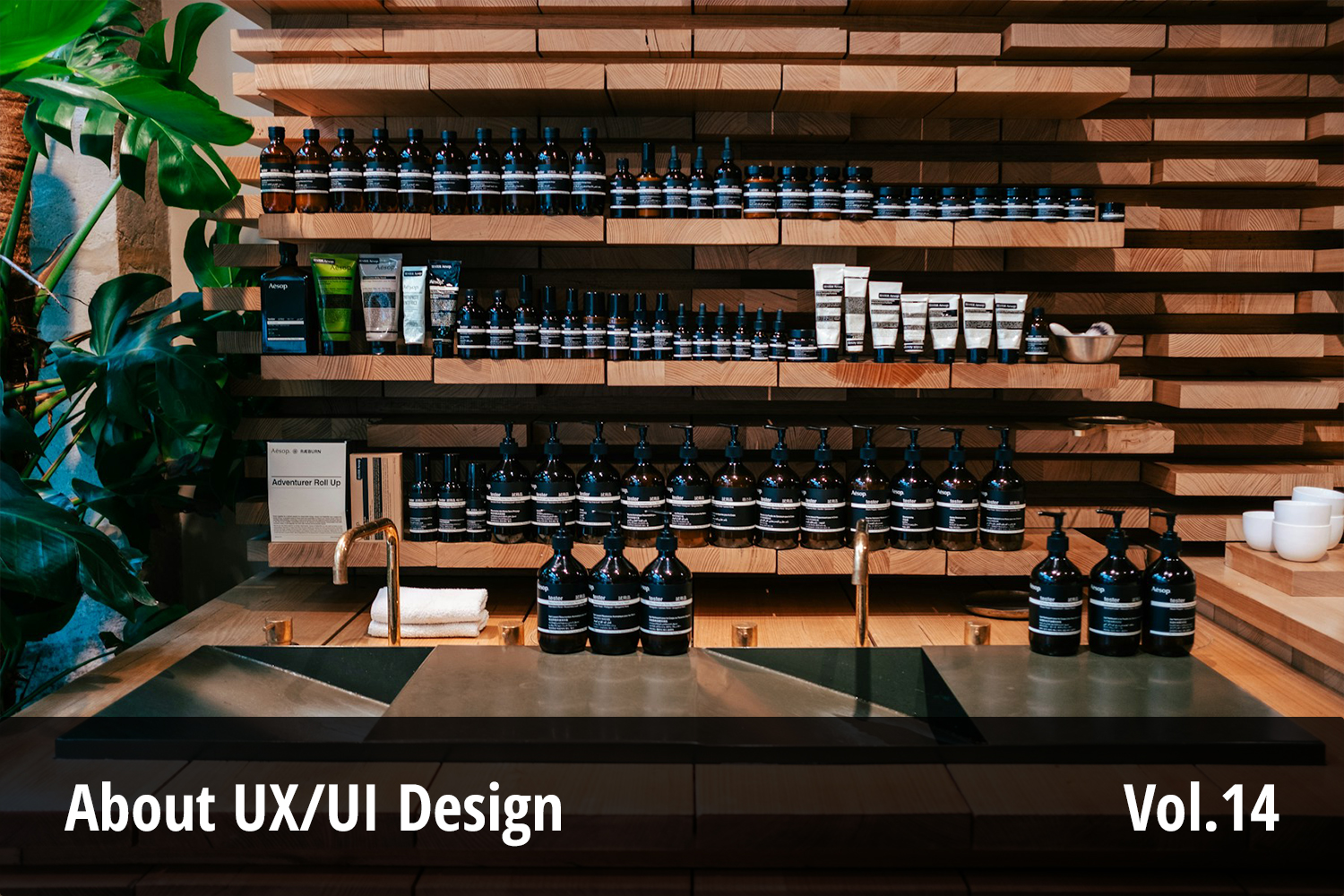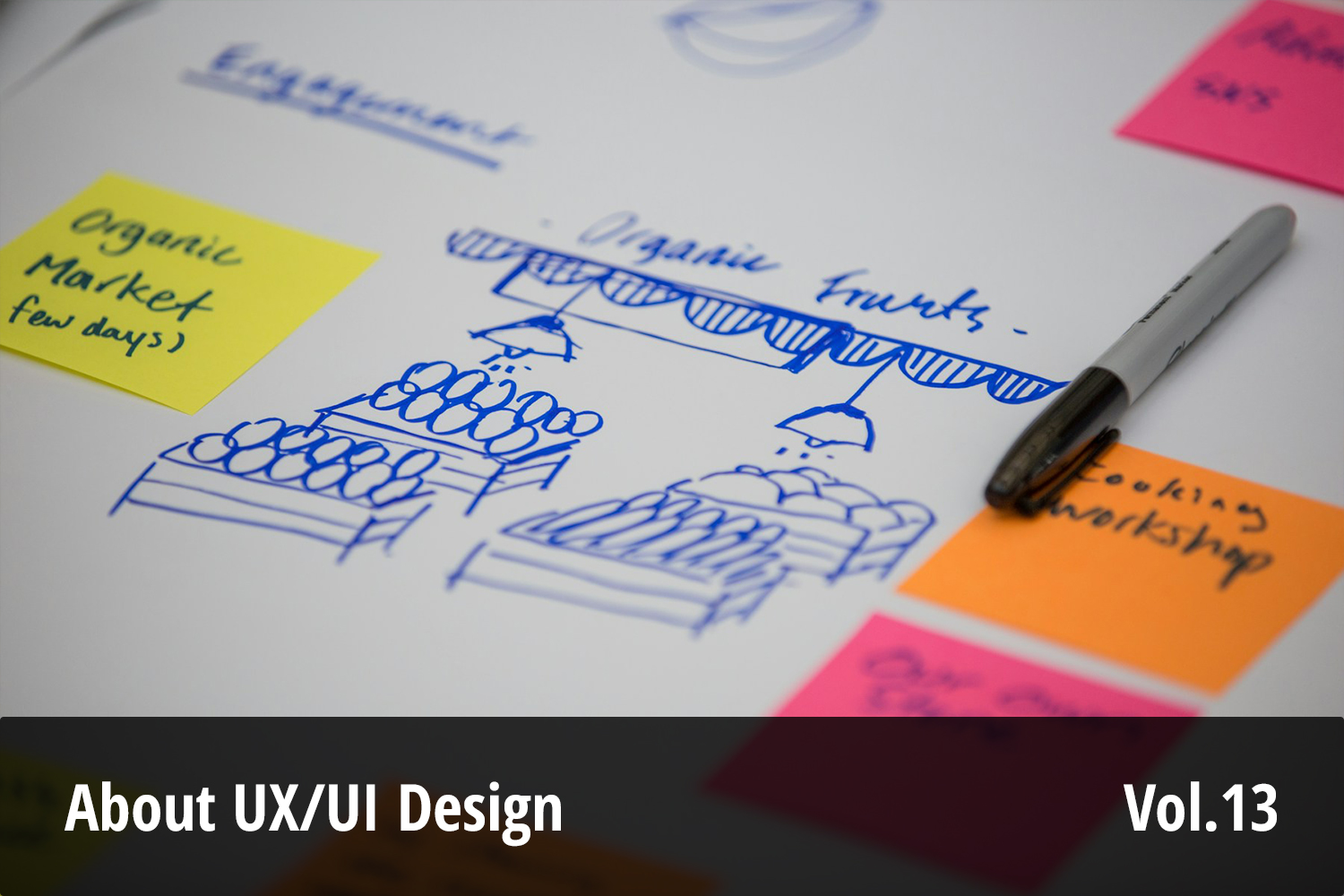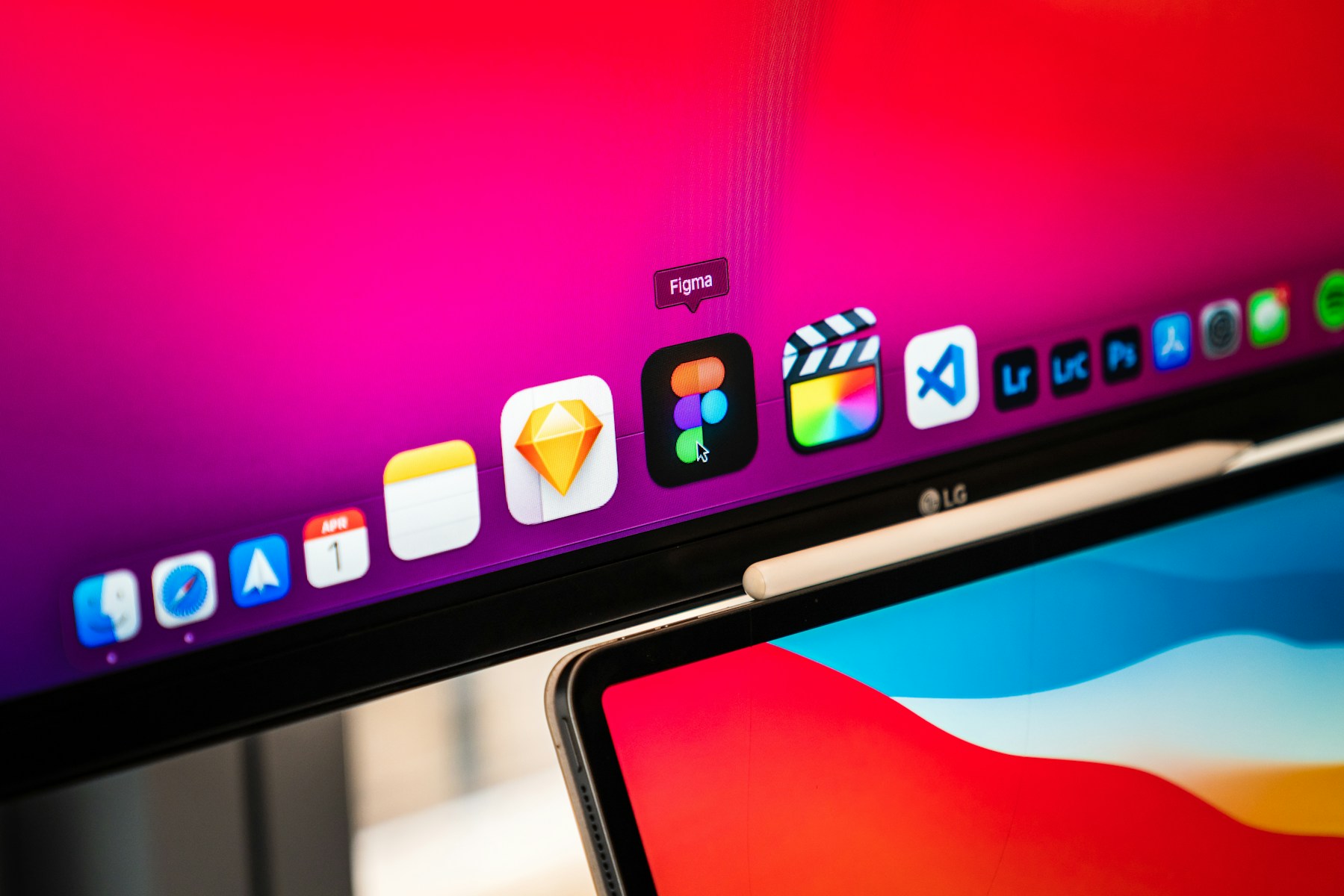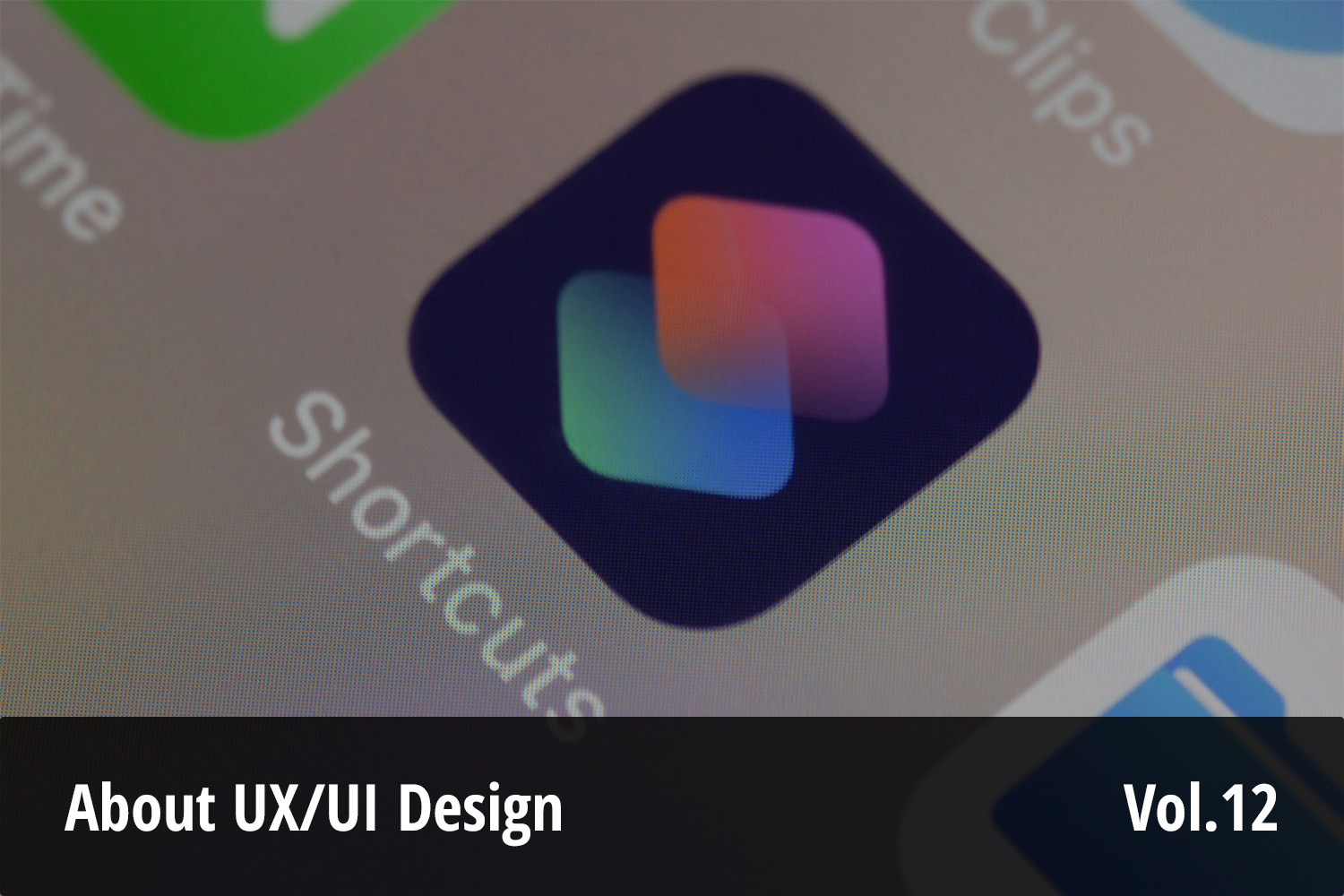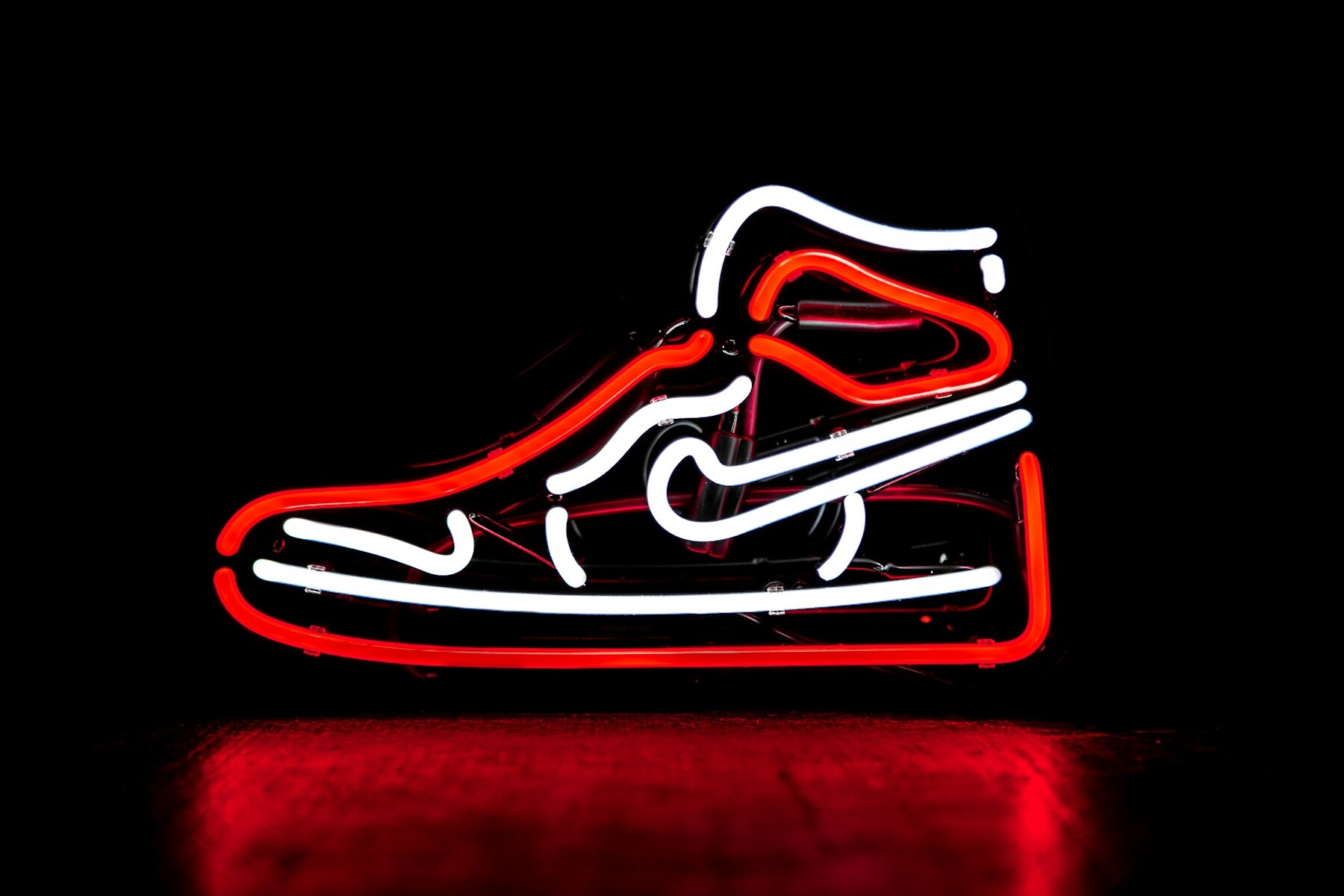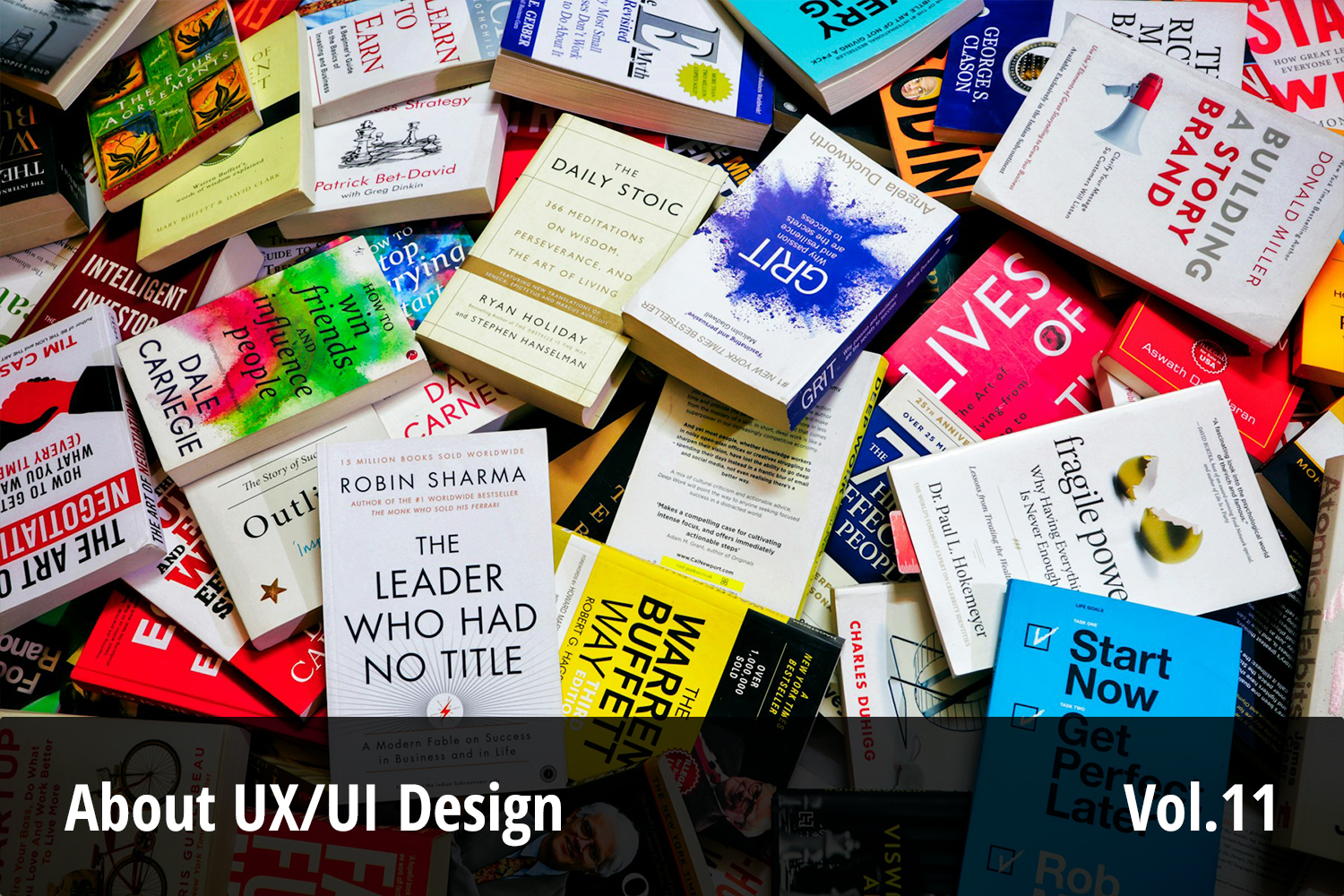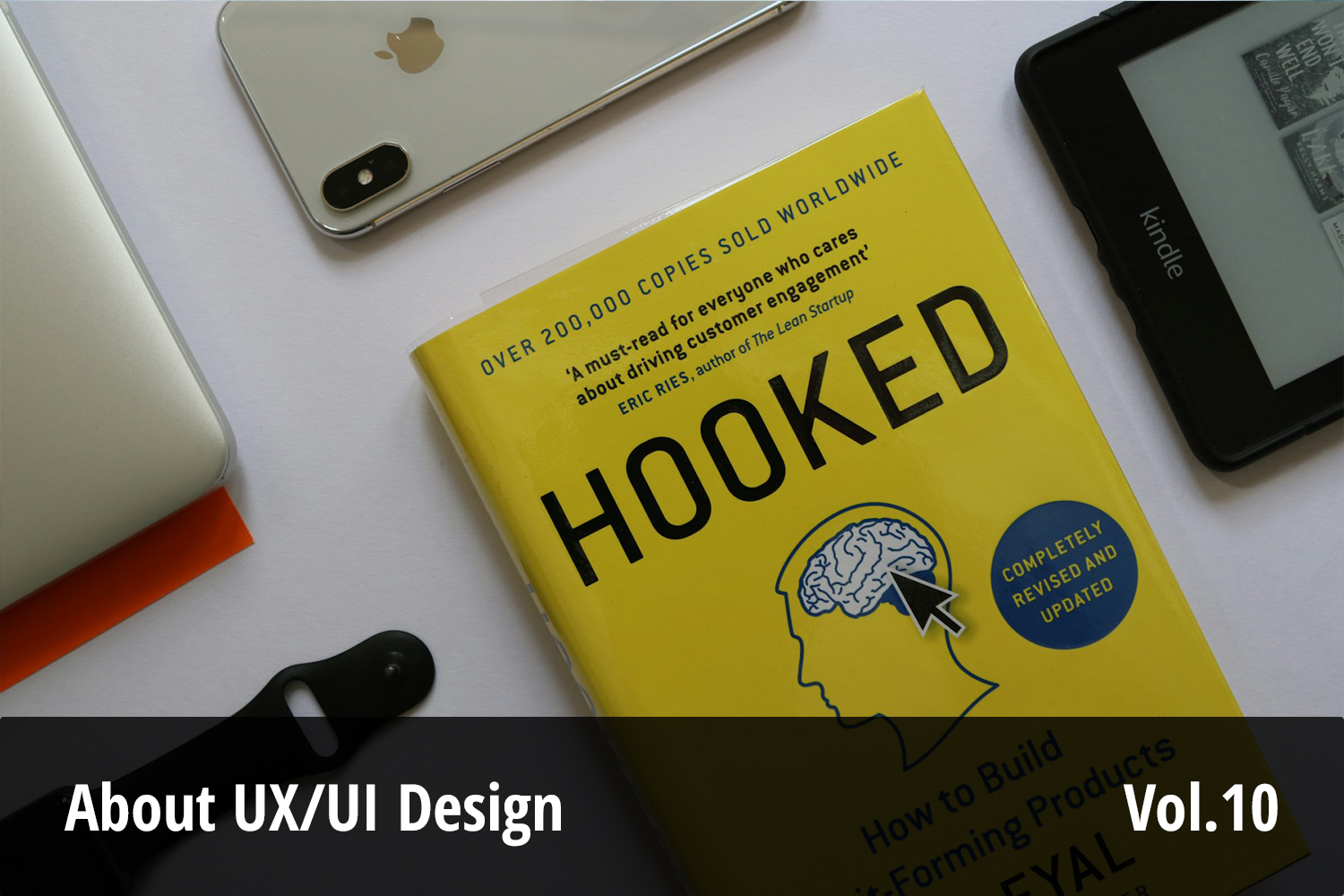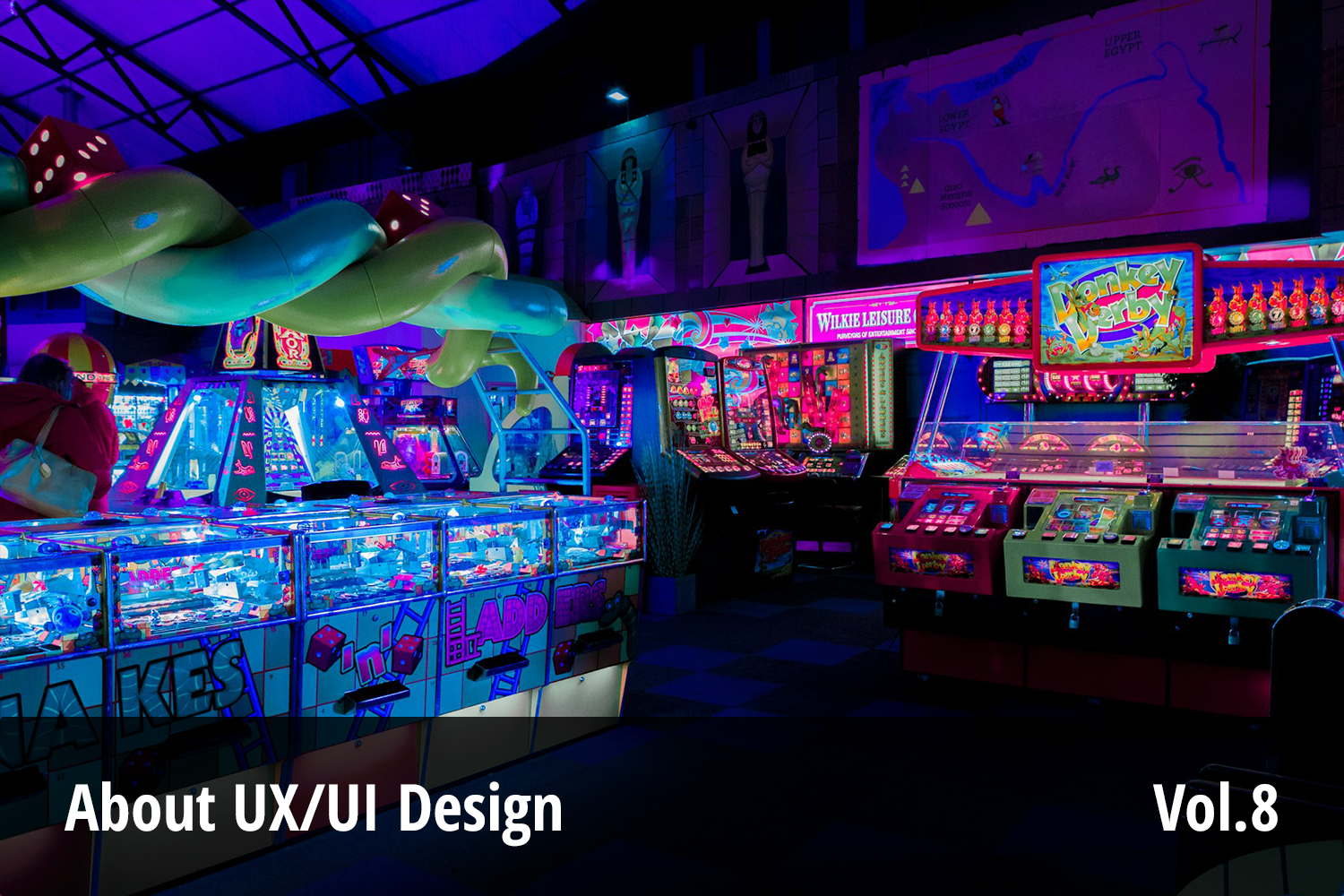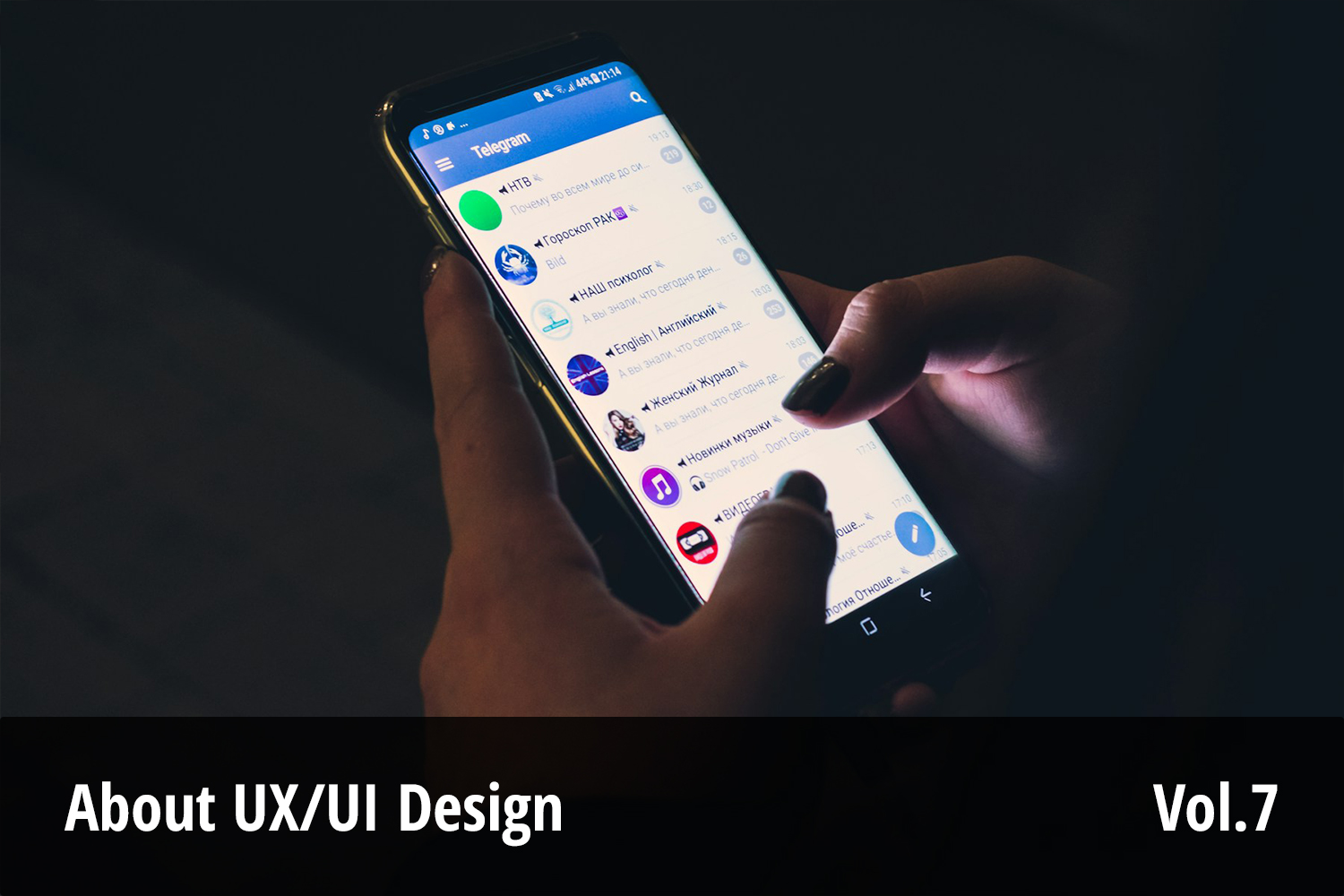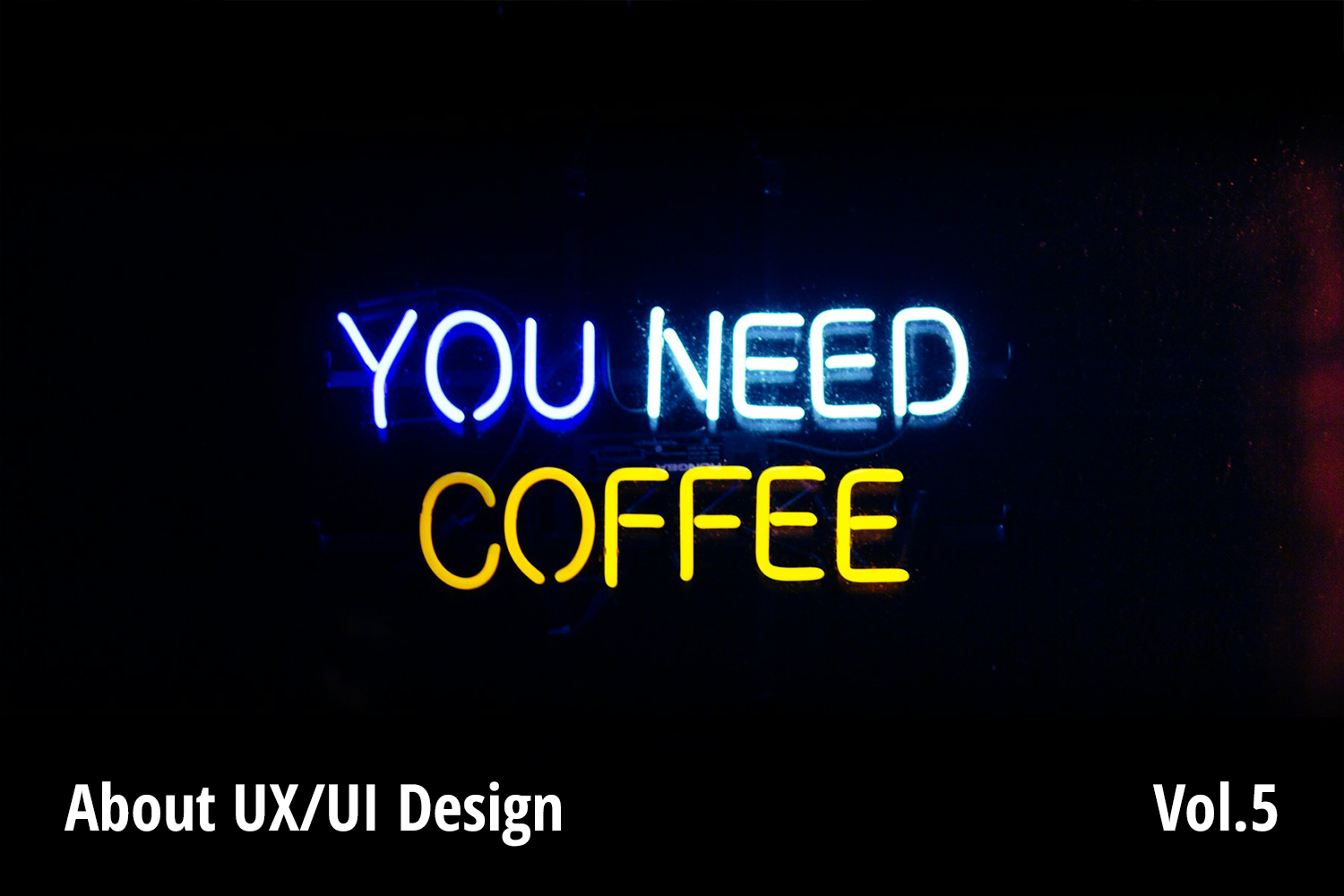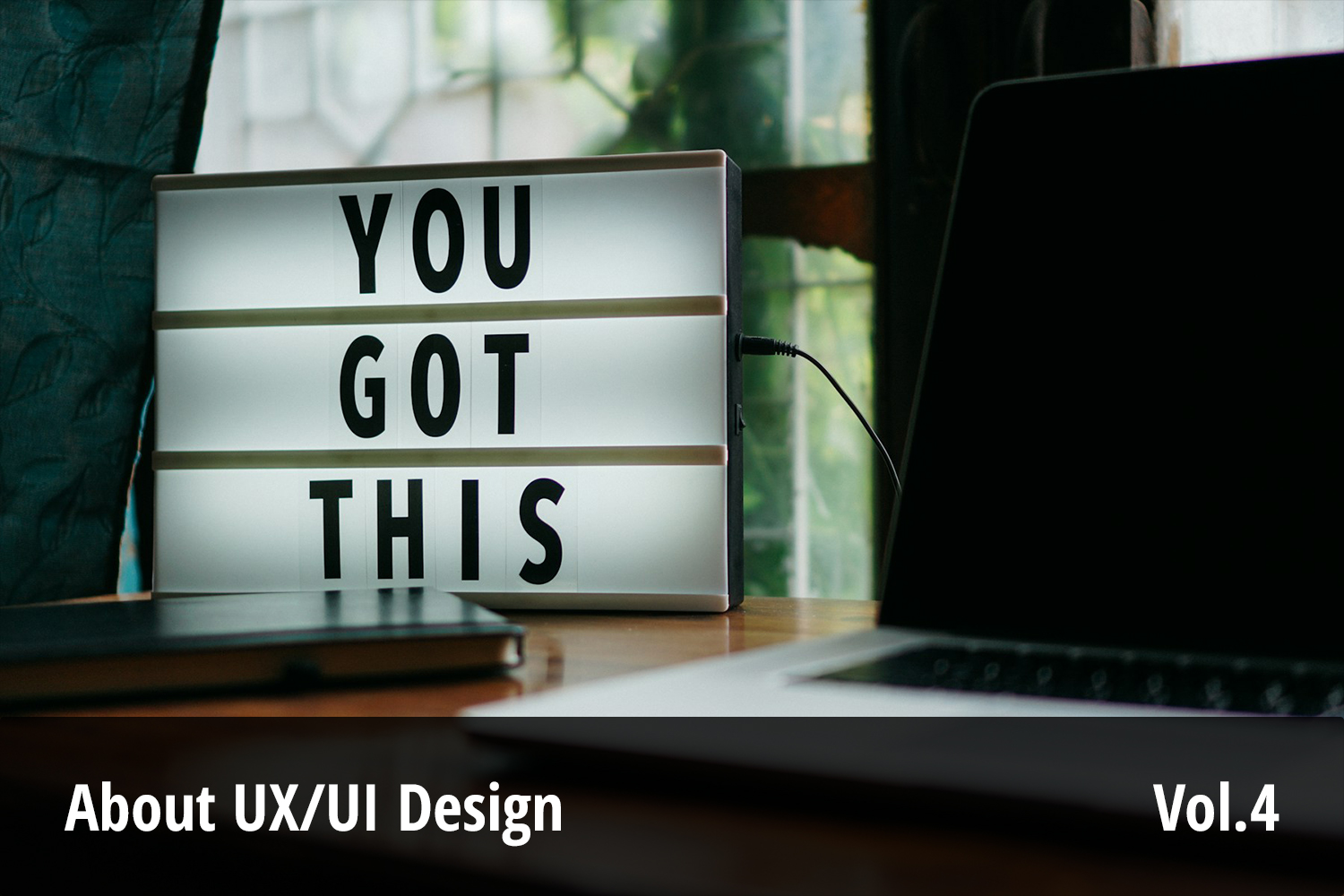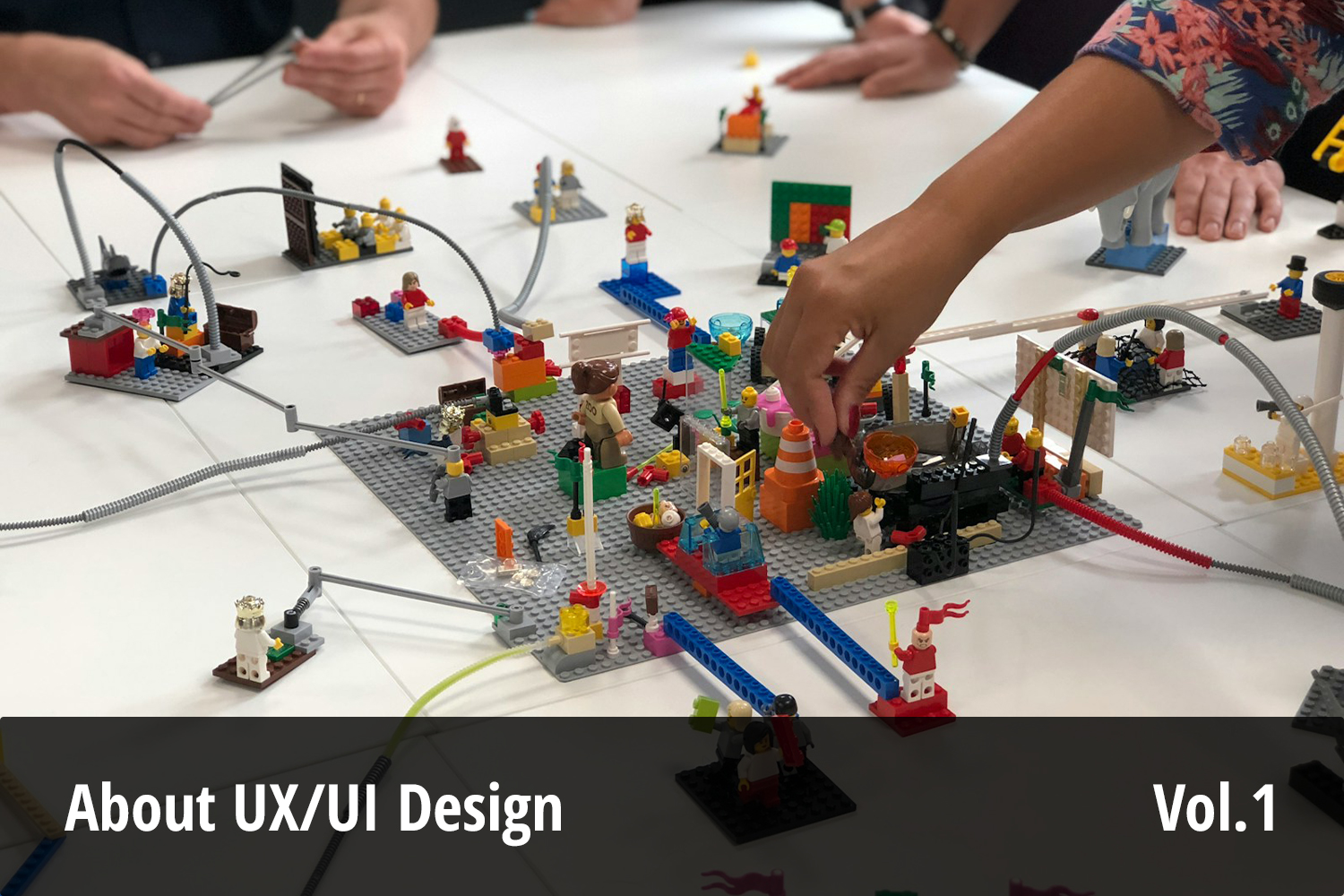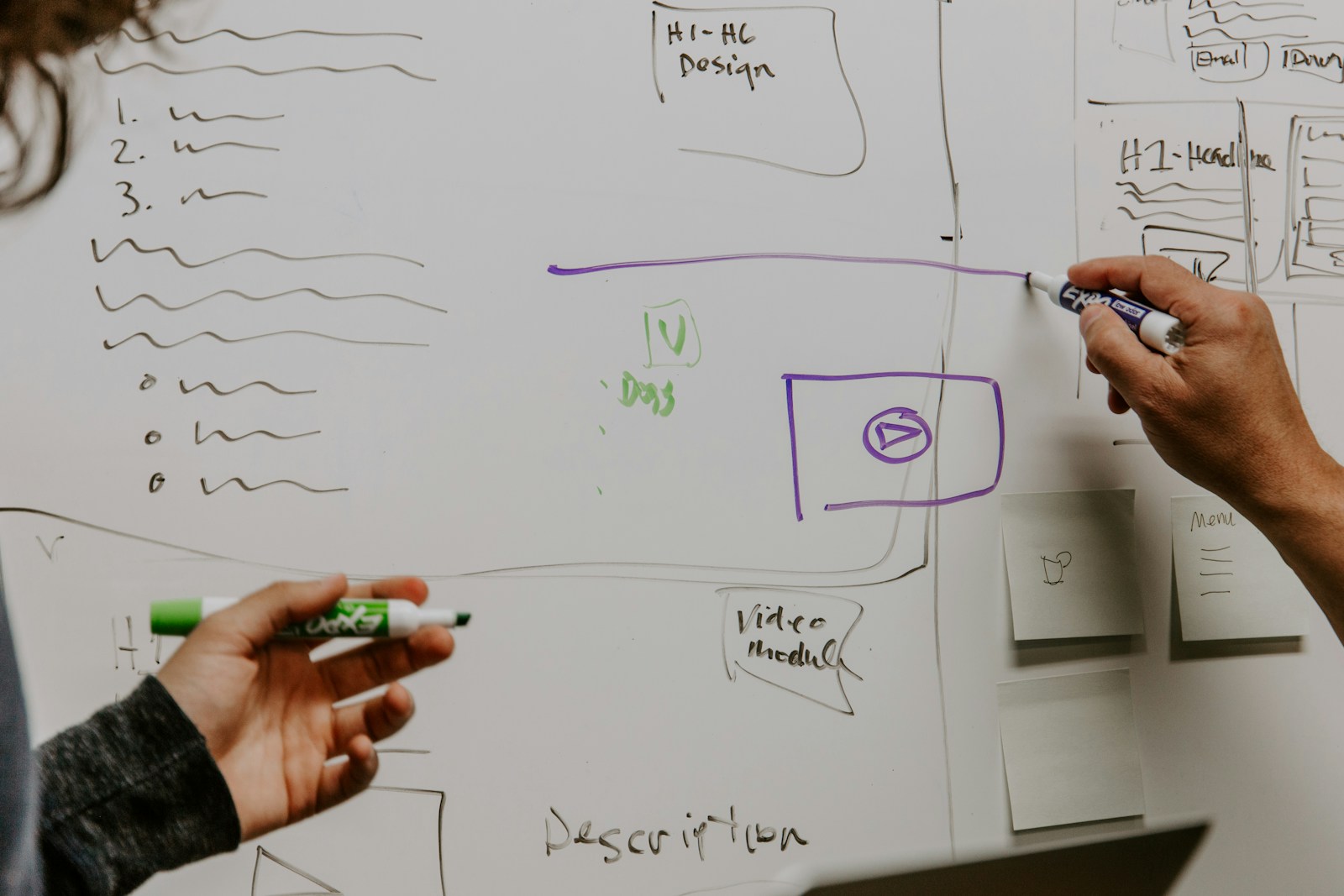In the UX design process, user research is arguably the most crucial element. The way this research is conducted significantly impacts the subsequent steps. Various methods are available for research, such as gathering online information, observing everyday scenes, and collecting product feedback from customers or close associates.
However, research methods that are relatively easy for anyone to perform are often insufficient for effective UX design. Because “research” is perceived as something anyone can do, few people recognize its true value. This leads to an underestimation of user research, with many people being satisfied with easy, superficial methods.
Therefore, I will discuss how to conduct user research effectively, introducing several practical approaches, not just in the field of UX design but also for general use.
Conduct User Interviews in Every Case
Thanks to the internet, we now have access to a vast array of information, including academic papers, which allow us to gather numerous sources and analysis results. Additionally, with AI tools like ChatGPT, the way we approach research and the significance of investing time and budget into it are undergoing significant changes.
While these research methods are undoubtedly useful, in the practice of UX design, user interviews should remain at the core of user research. Given that much of the information can be judged through online research or AI like ChatGPT, one might think user interviews are unnecessary. However, there are many reasons why conducting user interviews is still essential.
First and foremost, in user research, it is crucial to understand where the problems or issues lie and why they are perceived as such. However, what is considered a problem or issue can vary depending on the perspective of the involved parties, or may no longer be a problem as circumstances change. Additionally, the people experiencing the problems or issues may have biases that make it difficult for them to make objective judgments. Furthermore, the information available online or through any accessible media has all been edited through someone else’s filter, and it may not be the information that UX designers truly need to know.
In UX design, it is extremely important to seek out information that doesn’t easily surface, such as “how and why products or services are used in certain ways,” “how new value can be created by making changes,” or “what the real challenges are.” Such information is often only discoverable by directly asking users who are using the product or service, or who are facing the issues. Therefore, completing user research without user interviews is not effective in the practice of UX design. No matter how trivial it may seem, user interviews should always be conducted. And the great thing is, anyone who can ask questions and record answers can conduct user interviews.
How to Conduct User Interviews
When conducting interviews, there are several important points to keep in mind:
- Even if the interview is contextual, the questions tend to elicit insights that often differ from the actual use of the product or service.
- Humans have memory limitations and often cannot recall details as clearly as desired. They narrate situations based on their perceptions rather than the actual events.
- Users are generally not designers. Therefore, asking them to describe their ideal product or service or to suggest improvements is not advisable.
Understanding these points is crucial when designing questions for user interviews and evaluating the results.
Ideally, a user interview should involve two interviewers (UX designers) and one user. This allows one person to ask questions while the other records the responses. If two interviewers are not available, the interview should be video or audio recorded, allowing the interviewer to focus solely on asking questions. This is important because managing both questioning and recording can lead to digressions and make the interview difficult to manage.
When conducting interviews alone, it is not advisable to use recordings merely as evidence. The interviewer’s observations of the user’s body language and choice of words reveal psychological elements that are not easily captured through text alone, making the analysis of recorded content highly valuable. Therefore, whether there is one or two interviewers, it is strongly recommended to video record the interview.
For the interview environment, it is best to arrange a relaxed setting where the user feels no stress. However, given the constraints of budget, time, and the need to conduct user research across different countries, this is often challenging. In such cases, using online platforms like Zoom is common, but if possible, any interview should be conducted offline to gather richer and higher-quality information.
Offline interviews are superior in terms of the density and quality of information collected, even if the expected answers to the questions seem straightforward. For instance, in interviews about digital products such as software or mobile apps, observing how users interact with devices, including eye-tracking, is invaluable. When asking which search engine they use, the platform (Google, Yahoo, etc.) is important, but understanding the user’s actions and reasons for those actions leading up to that choice is even more crucial. To obtain such detailed information, offline interviews are necessary.
Types of User Interviews
User interviews aren’t limited to the commonly recognized method of preparing questions in advance and collecting responses. By utilizing various protocols and adjusting questioning techniques and implementation methods, it’s possible to probe deeper into users’ subconscious thoughts. Here are some representative types:
- Structured Interviews: These follow a set of pre-designed questions and do not investigate beyond the prepared content.
- Semi-structured Interviews: These combine pre-designed questions with the flexibility to explore topics that arise during the responses. This allows for deeper probing and follow-up on interesting points.
- Unstructured Interviews (Free-form): There are no predetermined questions; the conversation flows naturally based on the participant’s responses. This is ideal for exploratory research and discovering unexpected insights.
- Contextual Interviews: Conducted in the user’s environment while they perform specific tasks. It provides insights into how users interact with products or services in their natural context. This method is most efficient when considering improvements to products or services.
- Ethnographic Interviews: Involve spending extended periods in the user’s environment to observe and interview them about their behavior and culture. This method, originally used in folklore and anthropology to study the behaviors and thoughts of different cultures, provides deep qualitative insights into users’ actions and motivations.
- Focus Group Interviews: Moderated discussions with multiple participants about a specific topic, observed for insights. This method is useful for generating new ideas and understanding group diversity. It’s important to note that moderating requires different skills from interviewing.
Although these are all user interviews, the insights gained can vary greatly depending on the method used. It’s crucial for UX designers, as experts, to lead and decide which type of user interview to adopt based on the project’s background and objectives.
Furthermore, understanding the nationality and background of users is vital when choosing the interview method. For example, focus group interviews may be less effective for people who, like many Japanese, may not feel comfortable expressing their opinions in public or in front of large groups. In such cases, UX designers should consider alternative methods.
Get a Free UX Consultation!
No matter the scope of your project, it’s advisable to consult a UX design expert early in the process. While not every situation may require a UX designer—sometimes a UI designer or even your existing team resources can suffice— recognizing this early can save on unnecessary expenditures. Engaging the right expertise from the start ensures that your project is not only cost-effective but also aligned with the best practices in user experience design.
Free Download
At Genki Brothers, we have initiated the startup “Connect” with the aim of exploring the integration of UX/UI design within business contexts.
For those interested in creating innovative and unprecedented experiences in your business endeavors, we encourage you to read our book. Please complete the submission form provided below. Upon receipt of your email, an automatic reply containing the download link for the book will be sent to you.
With over 20 years of international experience in digital design, product development, and strategic business leadership, Yoshi's had the privilege to lead high-profile projects for global brands like Nike, Converse, and Airbnb, where I demonstrated exceptional proficiency in crafting compelling business pitch decks and translating complex technical concepts into user-friendly designs.
Other Open Sources

